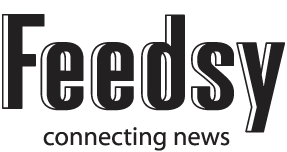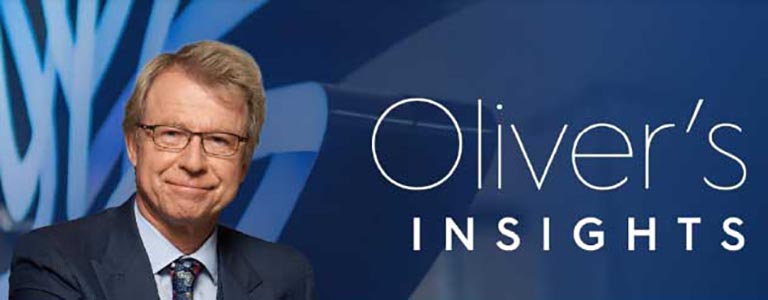Women who don’t fit the mould of being straight, white and able bodied have been left behind by gender pay gap initiatives.
A report from Victoria’s Public Sector Gender Equality Commissioner, has exposed how a person’s age, cultural identity, disability, gender identity and sexual orientation impact their pay.
The Intersectionality at Work report has found culturally and racially marginalised women are paid on average 19 per cent less than men.
That gap widens to 21 per cent when comparing indigenous women with non-indigenous men across all industries but increases to 35 per cent when comparing workers in the public health industry.
Women with disabilities are also paid 19 per cent less than men without disabilities.
That’s almost double the gap between men with and without disabilities, sitting at ten per cent.
Workforce and survey data from almost 300 organisations covered by the Victorian Gender Equality Act in 2021 were used for the report.
It covers the public service, local councils, Court Services Victoria, universities and other organisations.
Last year, the commission found the pay gap overall between men and women was 15.6 per cent, equivalent to about $19,000.
Women at the midway point in their career experience compounding effects of gender and age discrimination as leadership opportunities increase and pay gaps widen, according to the report.
The exception is lesbian women, who have higher wages than bisexual and pansexual men, as well as women in all other sexuality groups.
The report also explores rates of sexual harassment, showing rates are overall higher for younger women, those with disabilities and LGBTQI people.
Transwomen, non-binary and gender diverse people reported almost double the rates of sexual harassment than transgender men.
Public Sector Gender Equality Commissioner Niki Vincent said compounding forms of discrimination impacted career progression, pay inequality and sexual harassment at work.
“For too long, gender equality initiatives have excluded those that do not fit the default mould of the straight, white, able-bodied woman,” Dr Vincent said.
“This this is no longer acceptable.”
Public sector workplaces and senior leaders had a duty to ensure workplaces take action to achieve gender equality from the top down, she said.
“An intersectional approach to gender equality is no longer a nice-to-have, it’s a must-have – without it, our work will continue to reproduce some of the very patterns of inequality we seek to address.”
The Community and Public Sector Union welcomed the report, saying it aligned with their research and consultation with members.
“It is time now to remove the inherent biases detailed by this report so everyone can receive the best opportunities for a fulfilling career working for government,” Victorian Secretary Karen Batt said.
Minister for Women Natalie Hutchins said Victoria had the nation’s most comprehensive data on workplace gender equality in the public sector and there was a roadmap for reform.
“Achieving gender equality involves taking a hard look at the underlying drivers and how gender might interact with other types of inequalities,” Ms Hutchins said.
Includes government statementWomen
Rachael Ward
(Australian Associated Press)






